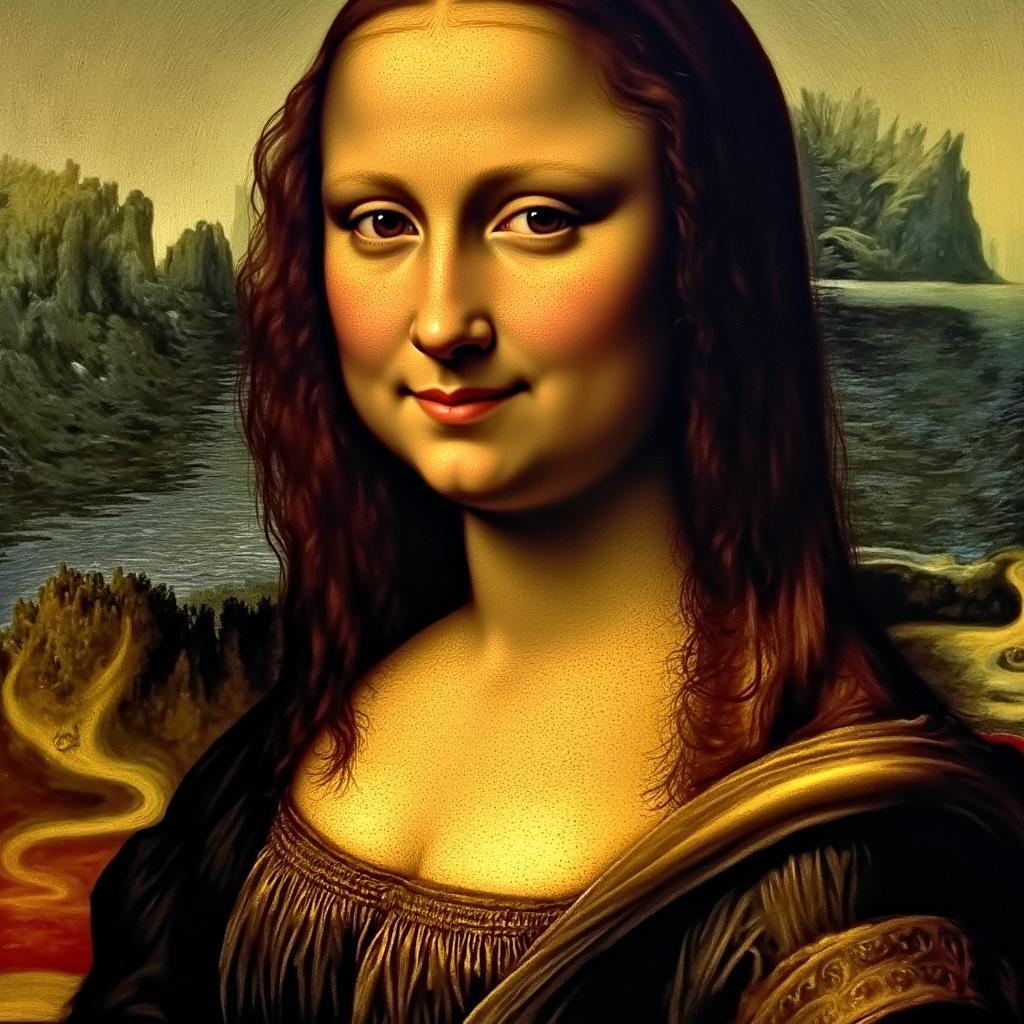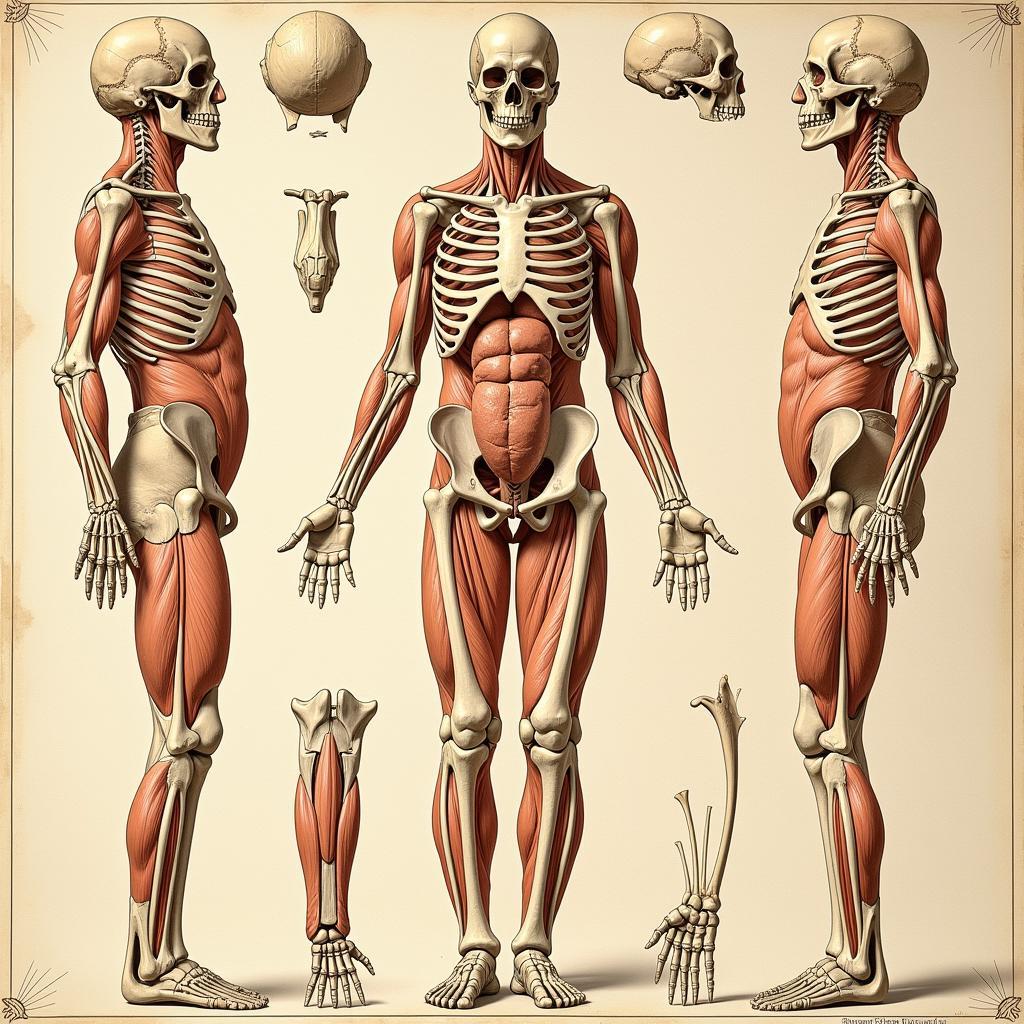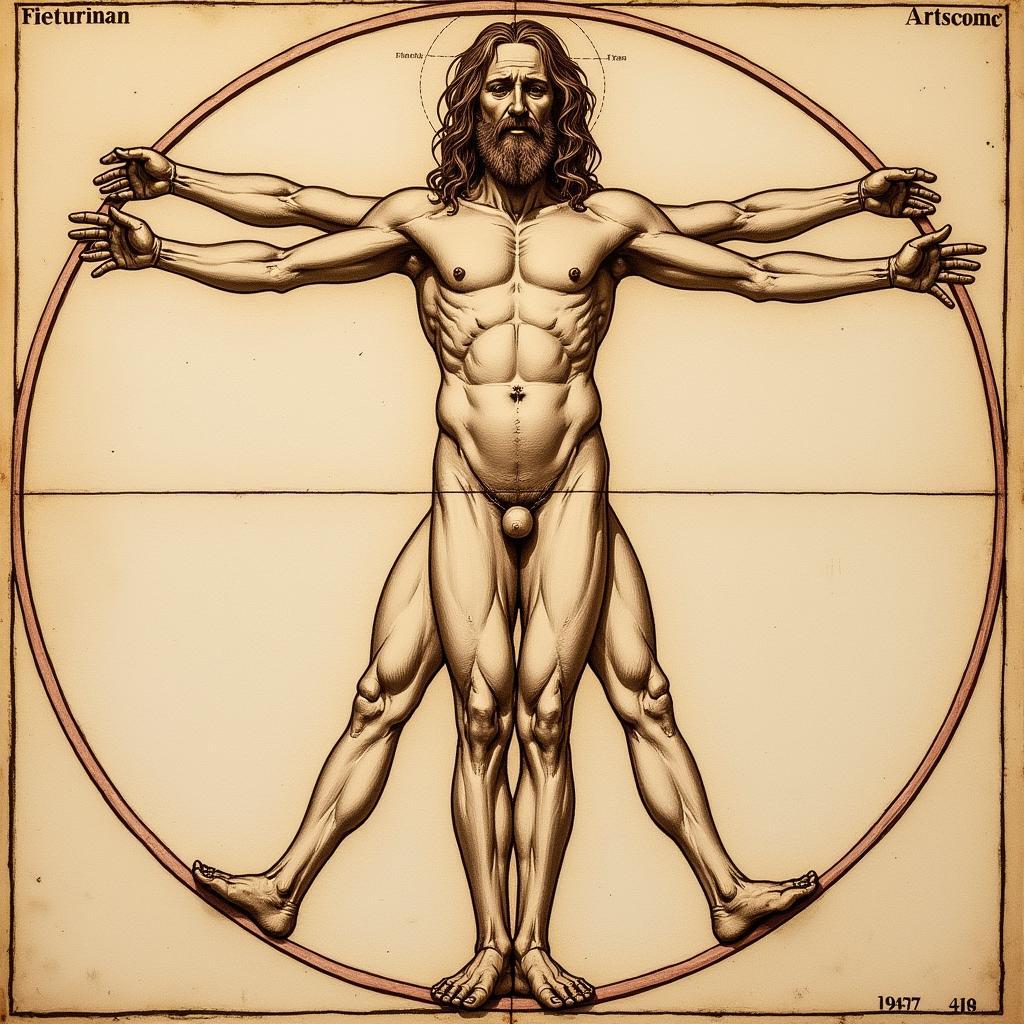Leonardo da Vinci’s impact on society extends far beyond his iconic Mona Lisa. From groundbreaking inventions to artistic masterpieces, his multi-faceted genius shaped the Renaissance and continues to resonate today. His insatiable curiosity and relentless pursuit of knowledge left an enduring legacy that transformed art, science, and engineering, influencing generations of thinkers and creators.
The Renaissance Man: Leonardo da Vinci’s Artistic Influence
Da Vinci’s artistic contributions were revolutionary. He pioneered techniques like sfumato and chiaroscuro, creating depth and realism unseen before. His detailed anatomical studies not only informed his art but also advanced medical understanding. The Last Supper and the Mona Lisa, arguably the most famous paintings in the world, exemplify his mastery of composition, perspective, and human emotion. These works continue to inspire awe and wonder, drawing millions of visitors each year and serving as cornerstones of art history. His impact on art, therefore, transcended technical skill and reached into the realm of cultural significance.
 Leonardo da Vinci's Artistic Influence: The Mona Lisa
Leonardo da Vinci's Artistic Influence: The Mona Lisa
Beyond the Canvas: Da Vinci’s Engineering and Scientific Pursuits
Da Vinci’s inquiring mind wasn’t limited to art. He envisioned flying machines centuries before the Wright brothers, designed innovative weaponry, and conceived complex engineering projects. His notebooks are filled with sketches of helicopters, tanks, and even scuba diving gear, demonstrating a remarkable understanding of mechanical principles. These visionary ideas, though often ahead of their time technologically, laid the groundwork for future innovations and demonstrate the breadth of his intellect. He also meticulously studied human anatomy, botany, and geology, further pushing the boundaries of scientific knowledge during the Renaissance.
The Renaissance Society of America would certainly find Leonardo da Vinci’s life and work a fascinating case study.
How did Leonardo da Vinci impact science?
Da Vinci’s anatomical studies, conducted through meticulous dissections, provided unprecedented insights into the human body. His detailed drawings of bones, muscles, and organs were far more accurate than any previous representations, revolutionizing medical understanding and paving the way for modern anatomical science. His observations on the circulatory system and the workings of the heart were particularly groundbreaking. His inquisitive nature led him to explore diverse scientific fields, including botany, geology, and optics, demonstrating the interconnectedness of knowledge and the power of observation.
 Leonardo da Vinci's Scientific Impact: Anatomical Studies
Leonardo da Vinci's Scientific Impact: Anatomical Studies
Leonardo da Vinci’s Lasting Legacy: Inspiring Future Generations
Leonardo da Vinci’s influence transcends time. His artistic achievements continue to inspire artists, his scientific inquiries laid the foundation for future discoveries, and his engineering concepts foreshadowed modern technologies. He embodied the spirit of the Renaissance, a period of intellectual and artistic flourishing. His insatiable curiosity, relentless pursuit of knowledge, and ability to bridge the gap between art and science have solidified his place as a true visionary. He continues to serve as a role model for interdisciplinary thinking and the power of human potential.
“Leonardo’s legacy is not merely in his finished works,” notes Dr. Eleanor Vance, a leading historian of Renaissance Italy, “but in his insatiable thirst for knowledge and his willingness to challenge conventional wisdom. His approach to learning should inspire us all to explore the world with open minds and boundless curiosity.”
 Leonardo da Vinci's Legacy: The Vitruvian Man
Leonardo da Vinci's Legacy: The Vitruvian Man
Conclusion
Leonardo da Vinci’s impact on society remains profound. His contributions to art, science, and engineering continue to inspire awe and wonder, shaping our understanding of the world and pushing the boundaries of human potential. His legacy encourages us to embrace curiosity, pursue knowledge, and strive for innovation. Leonardo da Vinci’s impact reminds us of the transformative power of a single individual’s boundless curiosity and relentless pursuit of knowledge.
FAQ
- What is Leonardo da Vinci best known for? He is best known for his paintings, particularly the Mona Lisa and The Last Supper, and his diverse scientific and engineering sketches.
- Was Leonardo da Vinci a scientist? While not formally trained, his meticulous observations and studies in anatomy, botany, and other fields contributed significantly to scientific knowledge.
- What inventions did Leonardo da Vinci create? He conceptualized many inventions, including flying machines, tanks, and scuba gear, centuries before they became reality.
- What is sfumato? Sfumato is a painting technique pioneered by da Vinci that uses subtle gradations of light and shadow to create a soft, hazy effect.
- Where can I see Leonardo da Vinci’s work? His most famous paintings are housed in museums like the Louvre and the Uffizi Gallery.
Professor Alessandro Rossi, a specialist in Renaissance art, adds, “Da Vinci’s relentless pursuit of understanding is an inspiration for all who strive for knowledge, reminding us that the quest for discovery is a journey without end.”
Need further assistance?
For more information or any queries, please contact us at:
- Phone: 02043854663
- Email: [email protected]
- Address: Khu 34, Bac Giang, 260000, Vietnam
Our customer service team is available 24/7. We also encourage you to explore other related articles on our website, including a piece on the Renaissance Society of America.